How long do dried lentils last? Discover the shelf life of dried lentils and essential storage tips to keep them fresh. Learn how to store dried lentils properly for long-lasting quality and use in your favorite recipes.

If you're a fan of lentils, you may have wondered how long do dried lentils last. Lentils are a type of legume that is highly nutritious and packed with protein, fiber, and valuable minerals like calcium, potassium, and magnesium. They are also gluten-free and low in calories, making them a great option for those looking to add more nutritious foods to their diet.
Jump to:
Different types of lentils have varying shelf lives, but in general, dried lentils can last for up to one to two years when stored properly. Proper storage involves keeping the lentils in a cool, dry place in an airtight container.
Lentils that are stored in unfavorable conditions may go bad earlier than those stored in good conditions. In this article, we'll explore the shelf life of dried lentils, how to store them properly, and signs of spoilage to watch out for.
Key Takeaways
- Dried lentils can last up to two to three years when stored properly in a cool, dry place in an airtight container.
- Signs of spoiled lentils include a rancid or musty smell, mold growth, or a change in color or texture.
- Lentils are highly nutritious and packed with protein, fiber, and valuable minerals like calcium, potassium, and magnesium.

Different Types of Lentils
There are several types of lentils available, each with its unique texture, taste, and nutritional value. Here are some of the most common types of lentils:
Brown Lentils
Brown lentils are the most common type of lentils available in grocery stores. They are small, flat, and brown in color. Brown lentils are perfect for soups, stews, and curries. They have a mild flavor and hold their shape well when cooked.
Green Lentils
Green lentils are slightly bigger and firmer than brown lentils. They have a stronger flavor and hold their shape well when cooked. Green lentils are perfect for salads, side dishes, and casseroles.
Red Lentils
Red lentils are smaller and softer than brown and green lentils. They cook quickly and turn into a soft puree when cooked. Red lentils are perfect for soups, stews, and curries.
Puy Lentils
Puy lentils, also known as French lentils, are small and dark green in color. They have a nutty flavor and hold their shape well when cooked. Puy lentils are perfect for salads, side dishes, and as a bed for roasted vegetables.
Split Lentils
Split lentils are made by splitting whole lentils in half. They cook quickly and turn into a soft puree when cooked. Split lentils are perfect for soups, stews, and curries.
Legumes
Lentils are part of the legume family, which also includes beans, peas, and chickpeas. Legumes are an excellent source of protein, fiber, and essential nutrients. They are also low in fat and calories, making them an ideal food for weight loss and healthy eating.
In conclusion, each type of lentil has unique characteristics that make it perfect for different recipes. By knowing the differences between the types of lentils, you can choose the right one for your recipe and enjoy a delicious and nutritious meal.
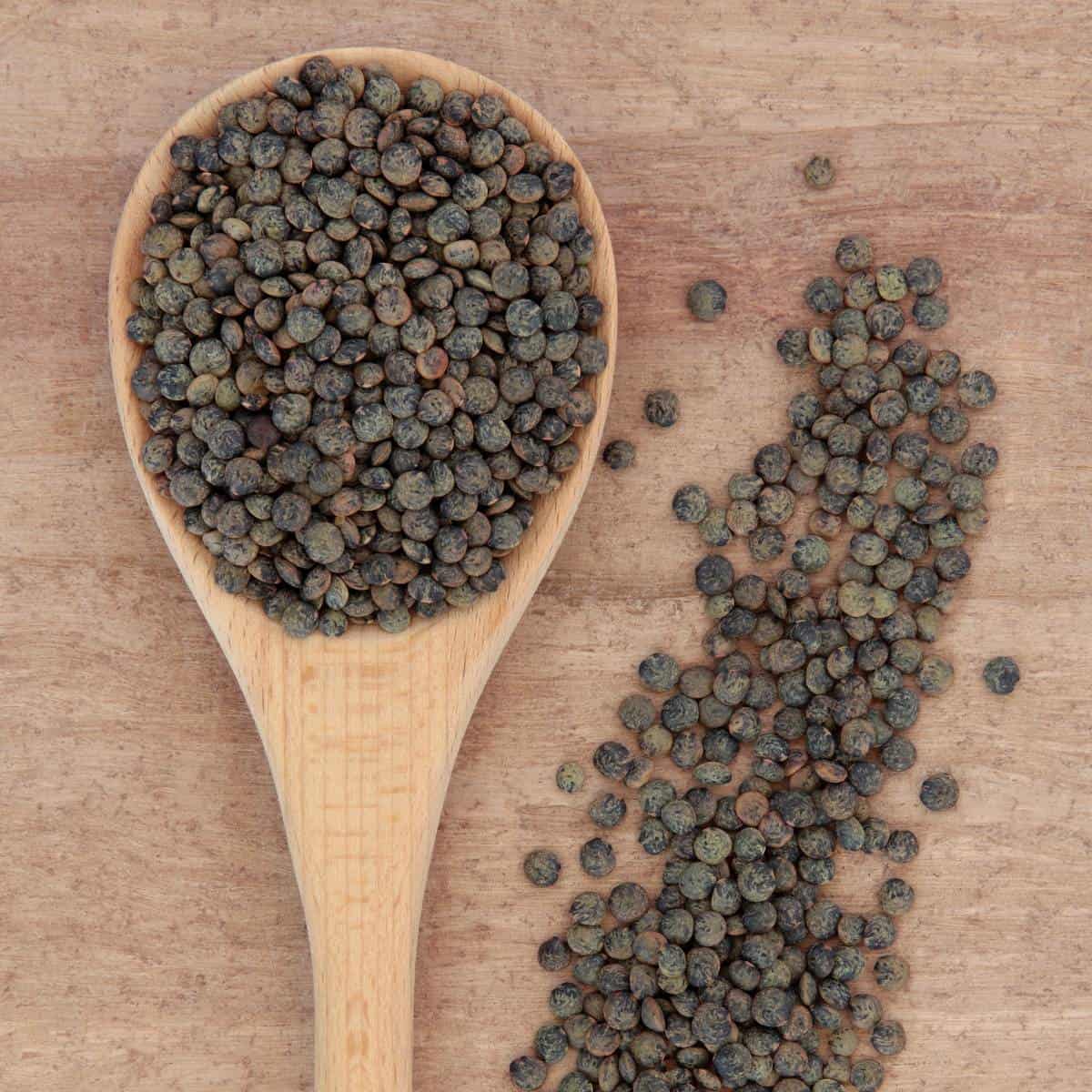
Shelf Life of Dried Lentils
If you have a bag of dried lentils in your pantry and you're wondering how long they will last, you're in luck. Dried lentils have a long shelf life, making them a great pantry staple to have on hand for quick and easy meals.
The shelf life of dried lentils depends on a few factors, including the storage conditions and the type of lentil. Generally, uncooked and unopened dried lentils can last between one to two years. However, if the lentils are stored in unfavorable conditions, they may go bad earlier than expected. It's important to store dried lentils in a cool, dry place in an airtight container to maximize their shelf life.
While dried lentils do not have an expiration date, they do have a "best by" or "best if used by" date. This date is an estimate of when the lentils will be at their peak quality. After this date, the lentils may still be safe to eat but their quality may decline. To ensure that your lentils are at their best, it's recommended to use them before the "best by" date.
It's important to note that the shelf life of dried lentils can vary depending on the type of lentil. For example, red lentils have a shorter shelf life than green or brown lentils. It's best to check the packaging for specific storage guidelines and "best by" dates.
Dried lentils have a long shelf life of one to two years if stored properly in a cool, dry place in an airtight container. While they do not have an expiration date, it's best to use them before the "best by" date for optimal quality.
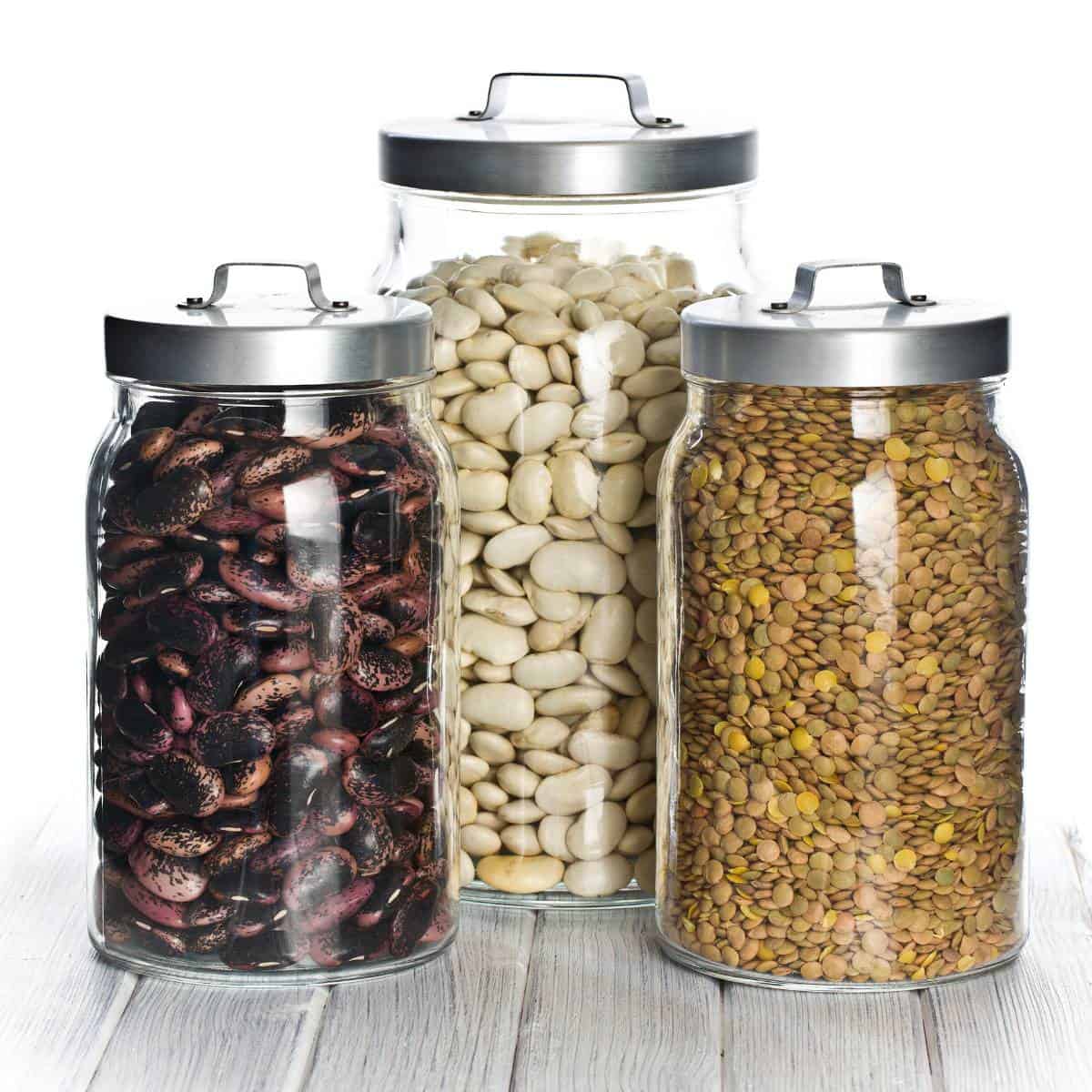
Proper Storage of Dried Lentils
When stored properly, dried lentils can last for a long time without going bad. Here are some tips on how to store them correctly.
Airtight Containers
One of the best ways to store dried lentils is in airtight containers. This will help to keep out moisture, bugs, and other insects that can cause them to go bad. You can use plastic bags or containers with tight-fitting lids to store them. Make sure to remove as much air as possible from the container before sealing it.
Storage Conditions
Dried lentils should be stored in a cool, dry area. High humidity can cause them to absorb moisture, which can lead to spoilage. Avoid storing them in areas that are exposed to direct sunlight or heat, as this can cause them to lose their flavor and nutritional value.
Storing Lentils in Your Pantry
Your pantry is a great place to store dried lentils. Make sure that the area is clean and dry before storing them. You can also store them in a cool, dry basement or cellar if you have one. Keep them away from sources of moisture, such as sinks or washing machines.
Remember, proper storage is essential for keeping dried lentils fresh and flavorful. By following these tips, you can ensure that your lentils will last for a long time without going bad.

Signs of Spoilage
Dried lentils can last a long time, but they can also go bad if they are not stored properly or if they are kept for too long. Here are some signs to look out for to tell if your lentils have gone bad:
Appearance
Check the appearance of the lentils. If there are any debris or foreign objects in the package, it is best to discard them. Also, if the lentils have changed color, have become discolored, or have dark spots, it is a sign of spoilage.
Texture
If the lentils have become hard or have turned mushy, it is a sign that they have gone bad. Lentils should be firm, but not hard, and should not turn into a paste when cooked.
Odor
Smell the lentils. If they have an off odor or a sour smell, it is a sign that they have gone bad. Fresh dried lentils should have a mild, earthy aroma.
Mold
If you see any signs of mold on the lentils, it is a sign that they have gone bad. Mold can cause food poisoning and should be avoided.
Fridge
If you have stored the lentils in the fridge, check for any signs of spoilage. Lentils stored in the fridge can last longer, but they can still go bad if not stored properly.
It is important to keep an eye out for these signs of spoilage to ensure that you are consuming safe and healthy lentils. If you notice any of these signs, it is best to discard the lentils and not consume them.

Cooking and Freezing Lentils
Dried lentils are a versatile ingredient that can be used in many recipes. They can be added to soups, stews, salads, pasta sauce, and even rice dishes. When cooking with dried lentils, it is important to rinse them thoroughly before cooking to remove any dirt or debris. You can also soak them in water for a few hours to help reduce cooking time.
Cooking Times
The cooking time for dried lentils can vary depending on the type and age of the lentils. In general, lentils take about 20-30 minutes to cook. It is important to not overcook them as they can become mushy. To check if the lentils are tender, taste a few of them. If they are still hard, continue cooking for a few more minutes.
Freezing Cooked Lentils
Cooked lentils can be frozen for later use. To freeze cooked lentils, let them cool to room temperature, then transfer them to a sealed container or freezer bag. Label the container with the date and freeze for up to 3 months.
To thaw cooked lentils, transfer them to the refrigerator and let them thaw overnight. You can also thaw them in the microwave or by placing the container in a bowl of warm water.

Health Benefits of Dried Lentils
Dried lentils are not only tasty and versatile but also packed with nutrients that are essential for your health. They are a great source of protein, fiber, vitamins, and minerals. Here are some of the health benefits of dried lentils:
Protein
Lentils are an excellent source of plant-based protein. They contain about 18 grams of protein per cup, which is more than most other legumes. Protein is essential for building and repairing tissues in your body, and it also helps you feel full and satisfied after a meal.
Nutrients
Dried lentils are also rich in nutrients such as iron, folate, and magnesium. Iron is essential for transporting oxygen in your blood, while folate is important for cell growth and development. Magnesium is necessary for maintaining healthy bones and muscles.
Vitamins
Lentils are a good source of vitamins, including vitamin B6, thiamine, and niacin. Vitamin B6 is important for brain development and function, while thiamine and niacin are essential for energy production.
Minerals
Dried lentils are also rich in minerals such as phosphorus, potassium, and zinc. Phosphorus is necessary for healthy bones and teeth, while potassium helps regulate blood pressure. Zinc is important for immune system function and wound healing.
Incorporating dried lentils into your diet is an easy way to boost your nutrient intake and reap the health benefits they offer.
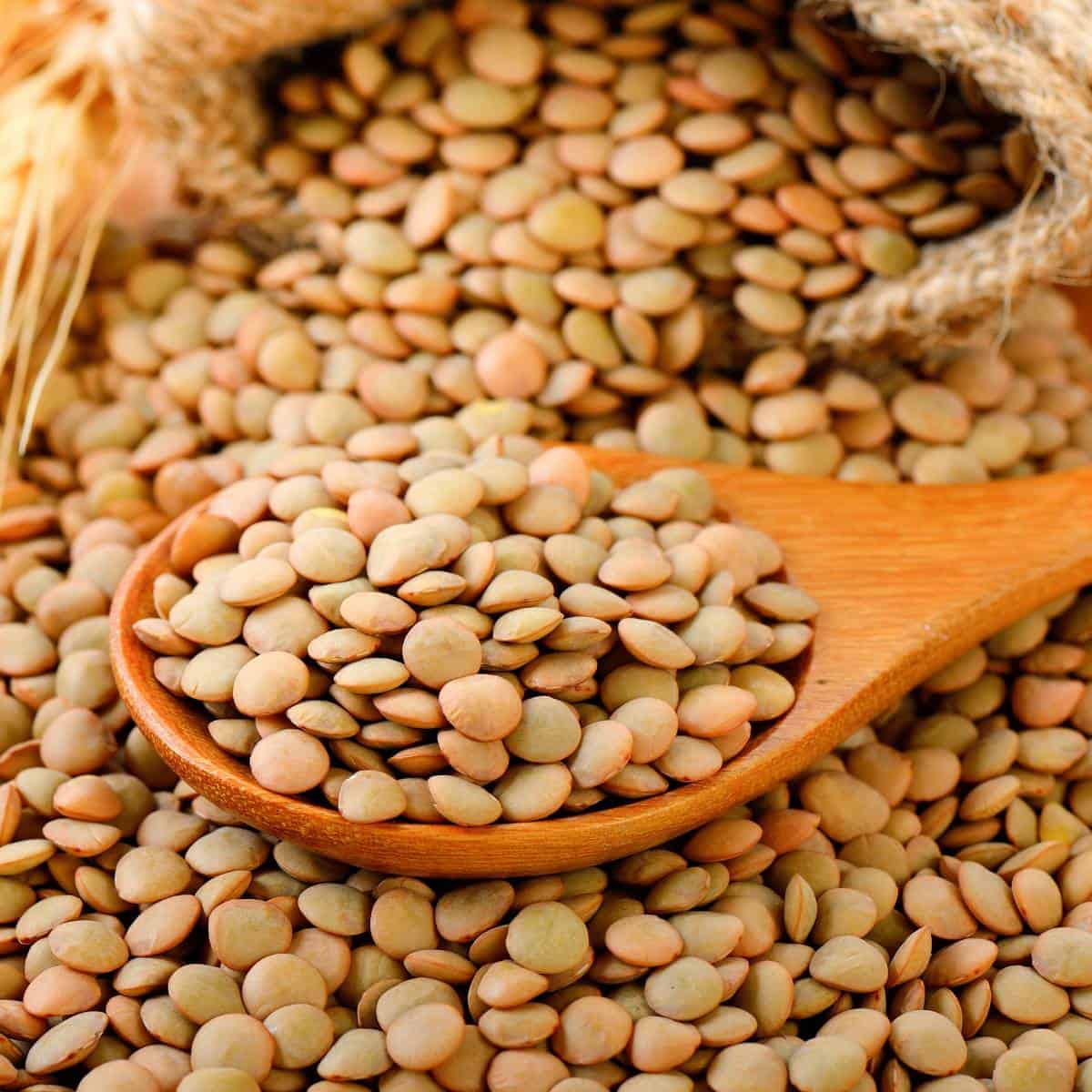
Frequently Asked Questions
Can you freeze uncooked lentils?
It is not recommended to freeze uncooked lentils as they can become too hard or tough after freezing.
Can you can lentils in canning jars?
It is not recommended to can lentils in canning jars as they can contain bacteria that can cause food poisoning. Instead, use a sterile mason jar.
What happens if you eat undercooked lentils?
Eating undercooked lentils can cause digestive issues as they contain anti-nutrients that can be difficult to digest. It is important to cook lentils thoroughly to kill any harmful microbes.















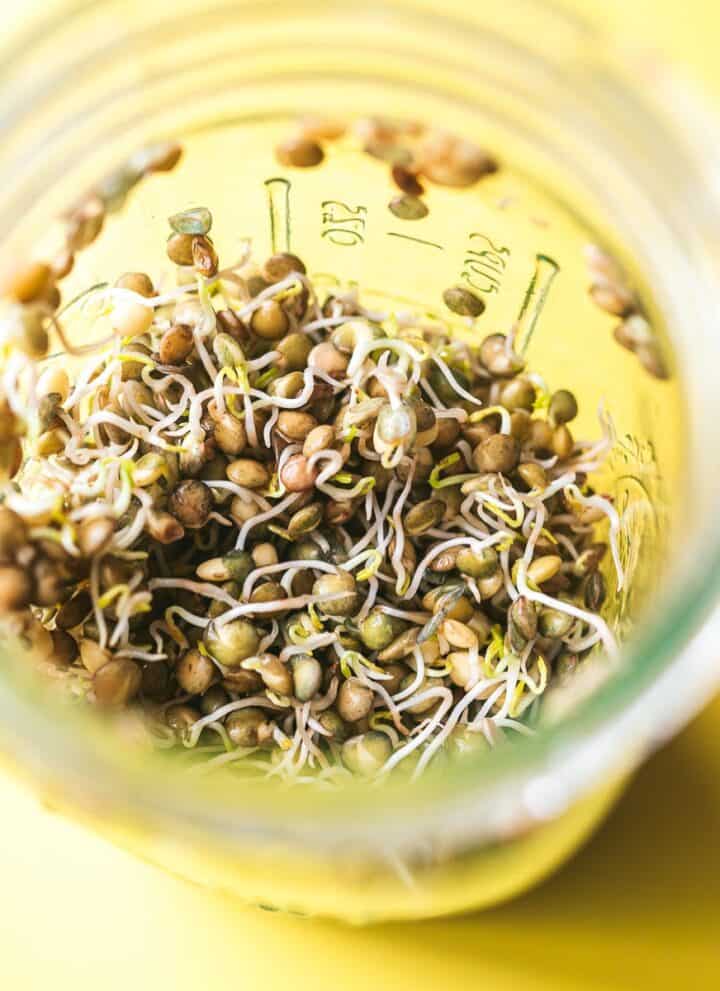

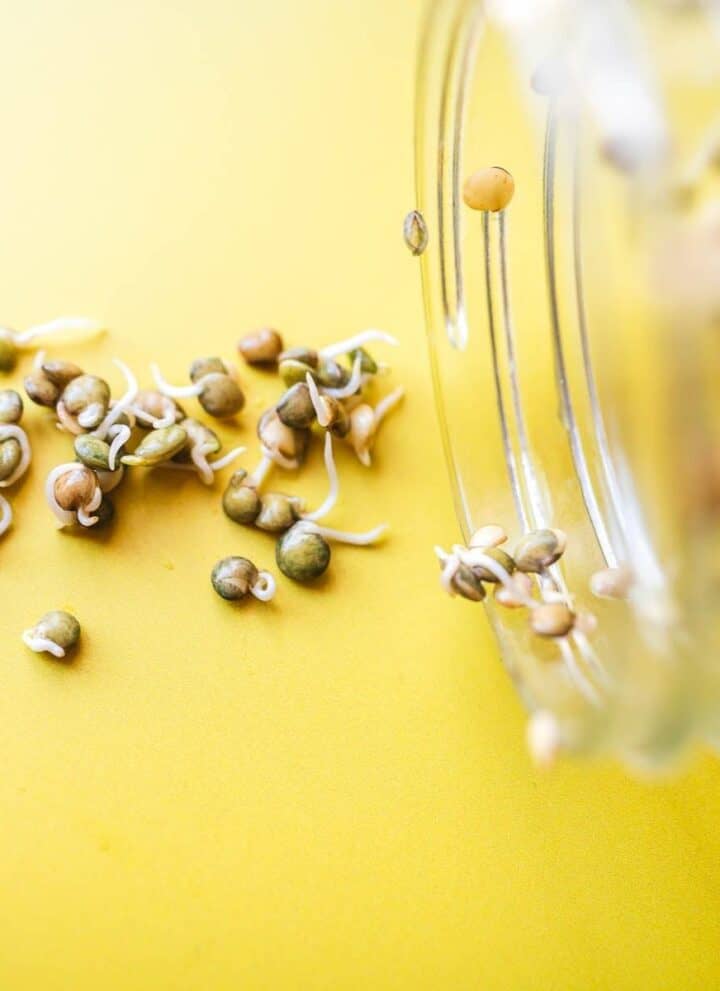
Sage Scott says
I've been trying to incorporate more dried lentils into my diet, so this guide is super helpful. It's good to know that they can last up to two years when stored properly!